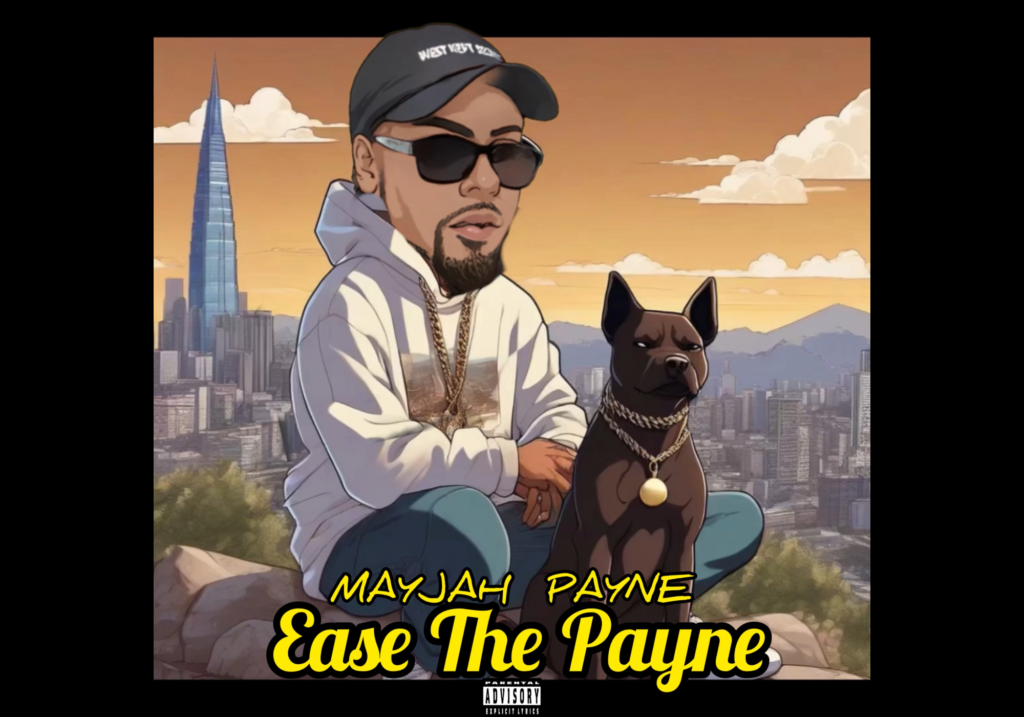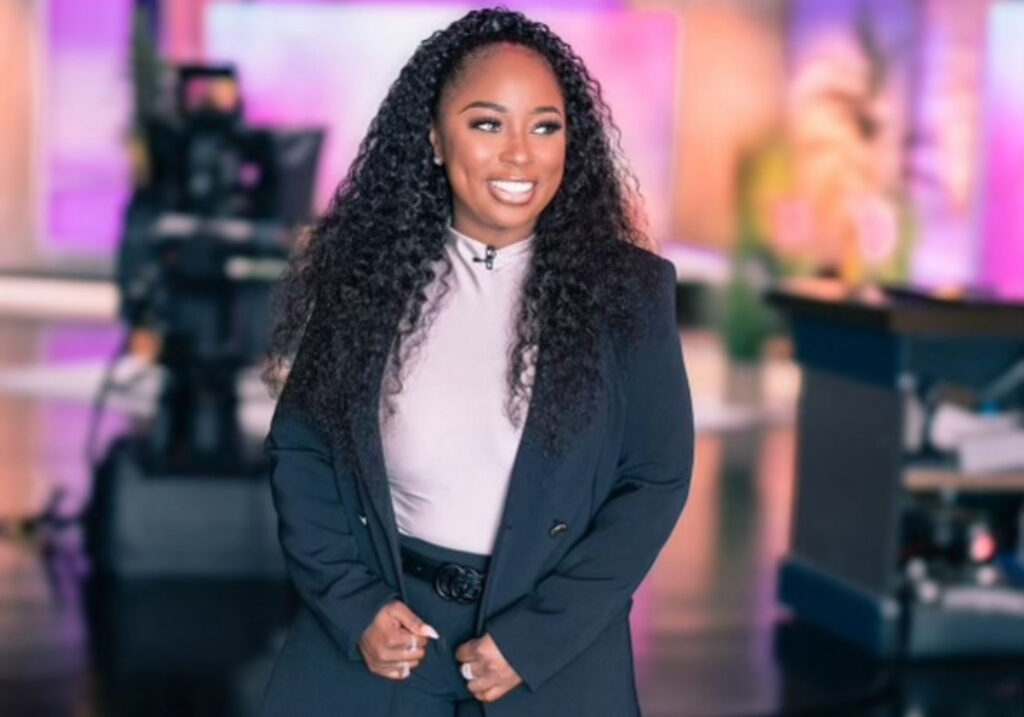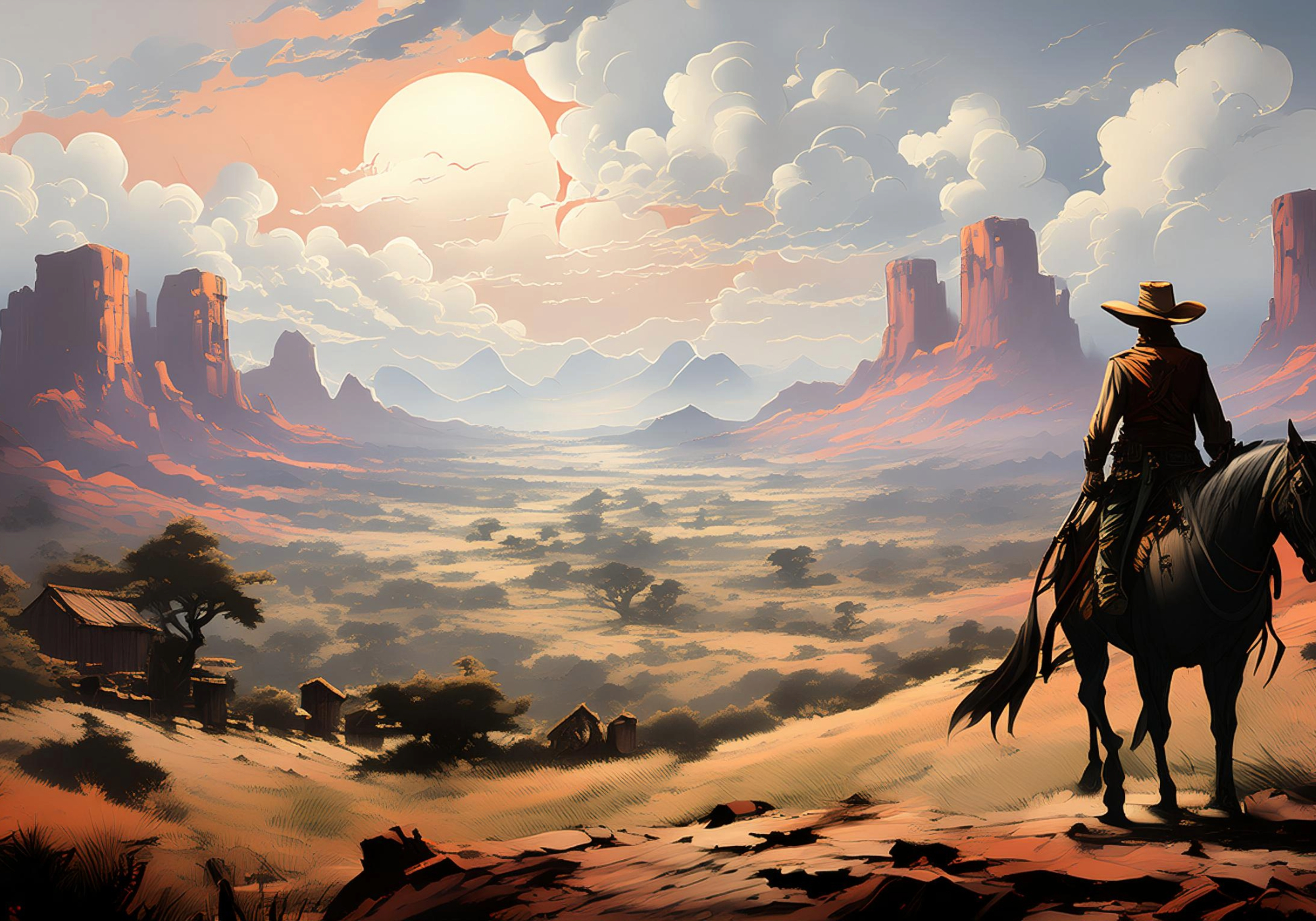Kevin Costner’s “Horizon: An American Saga – Chapter 1” aims to be an epic exploration of the American West’s expansion during and after the Civil War. The film sets the stage for a four-part saga, with each chapter promising to delve deeper into the lives and challenges of those who ventured westward. While the ambition behind the project is commendable, the execution in Chapter 1 reveals significant flaws, particularly in pacing, coherence, and character development.
Ambition and Scope
“Horizon: An American Saga – Chapter 1” is undoubtedly ambitious. Spanning three hours, the film attempts to introduce a vast array of characters and interweaving storylines that reflect the complexity of the era. The narrative encompasses various aspects of frontier life, including the impact of the Civil War, the interactions between settlers and Indigenous peoples, and the personal dramas of the characters seeking a new life in the West.
Costner, who is both the director and one of the writers, has a clear vision of creating a sprawling epic that captures the spirit and struggles of the American frontier. The film’s scale and the effort to provide a comprehensive portrayal of the time period are evident. However, the execution falls short in several areas, leaving the audience with a film that feels both overextended and underdeveloped.
Pacing and Coherence
One of the most significant issues with Chapter 1 is its pacing. Despite its three-hour length, the film feels rushed and disjointed. Characters and relationships are introduced rapidly, often without sufficient development or context. This leads to a sense of narrative fragmentation, where important plot points and character arcs occur off-screen or are inadequately explained.
The decision to split the story into four parts could have allowed for a more measured and in-depth exploration of each character and subplot. However, in this first installment, the attempt to cover too much ground results in a lack of coherence. The narrative jumps between different storylines without providing enough connective tissue, making it challenging for the audience to invest fully in the characters or their journeys.
Character Development
Character development is another area where the film struggles. Many of the characters introduced in Chapter 1 are intriguing and have the potential for rich, compelling arcs. However, the film’s structure and pacing issues mean that these characters often remain underdeveloped.
For instance, Costner’s own character does not appear until an hour into the film. When he does, the backstory and motivations that could make him a compelling protagonist are not fully explored. Other characters, such as Frances Kittredge (played by Sienna Miller) and Lt. Trent Gephart (played by Sam Worthington), also suffer from abrupt and incomplete development. Their relationships and personal histories are hinted at but not sufficiently fleshed out, leaving the audience with a sense of incompleteness.
Visuals and Anachronisms
Despite its narrative shortcomings, “Horizon: An American Saga – Chapter 1” does offer visually striking moments. The cinematography captures the vast, rugged beauty of the American West, and certain sequences, such as the Apache attack on the settlers, are both intense and well-executed. These moments highlight Costner’s ability to create powerful visual storytelling.
However, the film is not without its anachronistic elements, which can be jarring for the audience. Certain character behaviors and stylistic choices feel out of place for the time period, detracting from the film’s authenticity. For example, some characters appear overly stylized, and the film’s dialogue occasionally slips into modern vernacular. These inconsistencies can pull the audience out of the immersive historical experience the film aims to create.
Conclusion
“Horizon: An American Saga – Chapter 1” is a film with grand ambitions that are undermined by its execution. While it seeks to offer a comprehensive and epic portrayal of the American West, it struggles with pacing, coherence, and character development. The film’s visual strengths and the potential richness of its subject matter are clear, but the narrative disjointedness and underdeveloped characters hinder its ability to fully engage the audience.
As the first installment in a four-part series, Chapter 1 lays the groundwork for what could become a more cohesive and compelling saga in future chapters. However, for “Horizon” to reach its full potential, subsequent installments will need to address the issues of pacing and character development, providing a more balanced and immersive storytelling experience.
Source: Rollingstone















